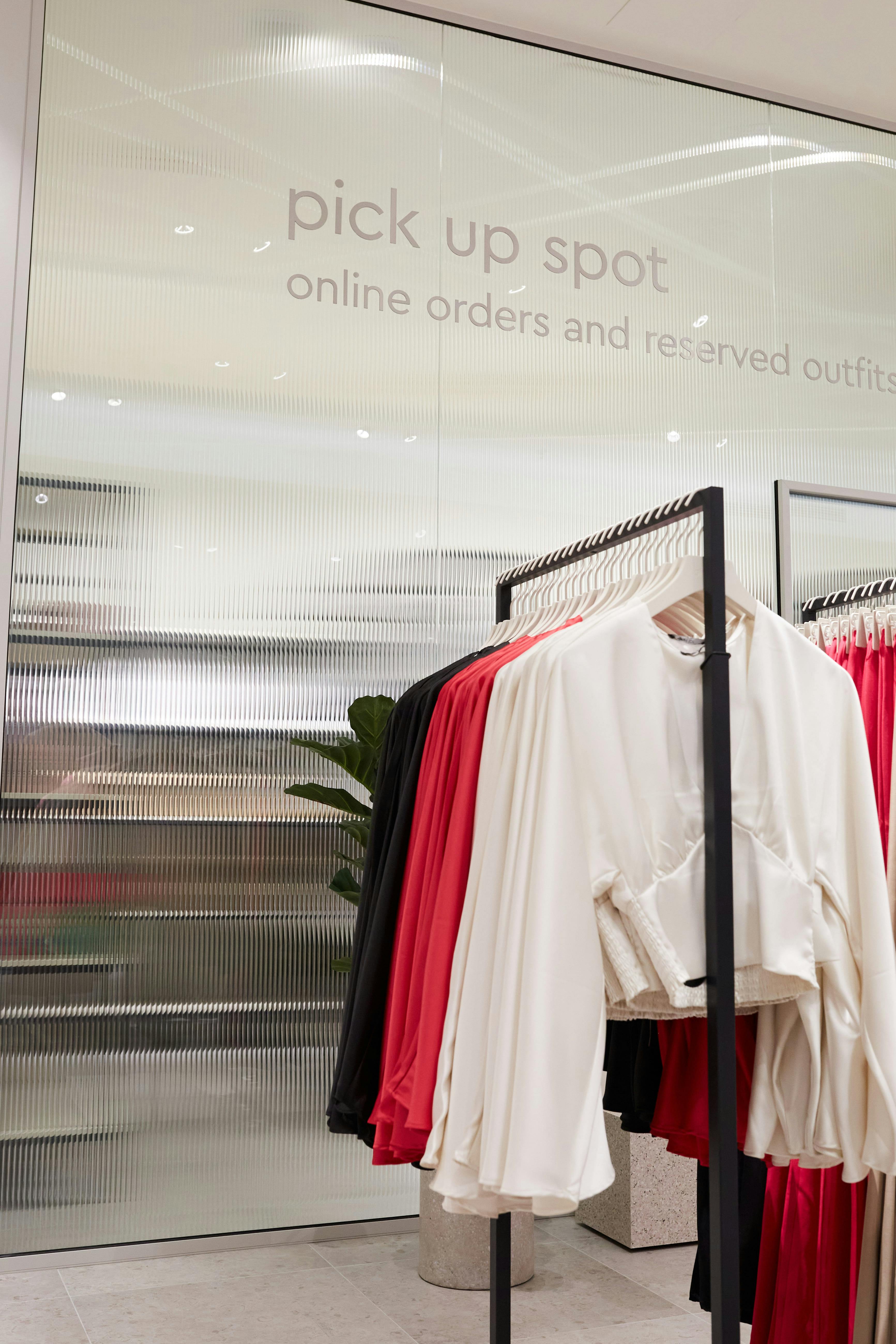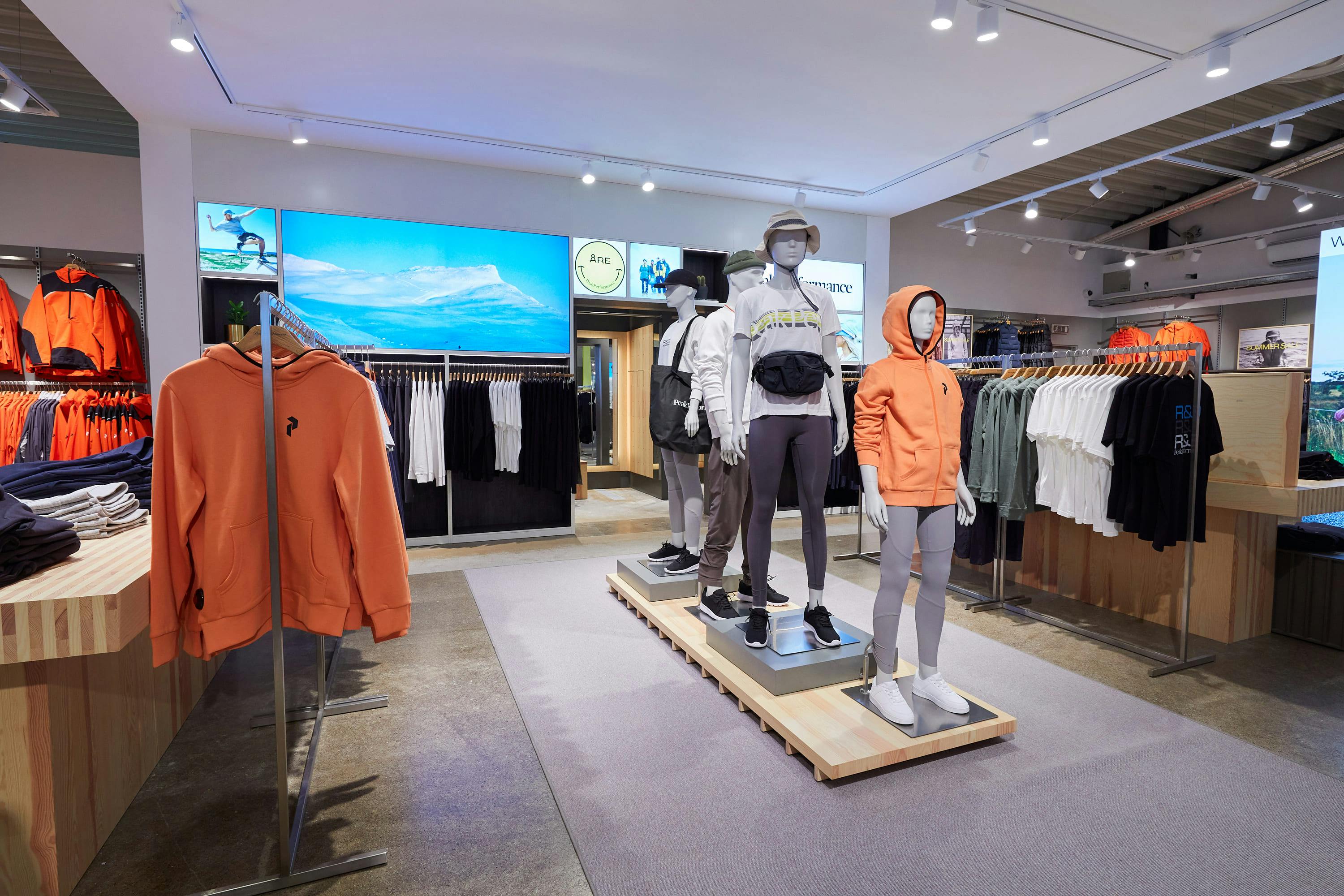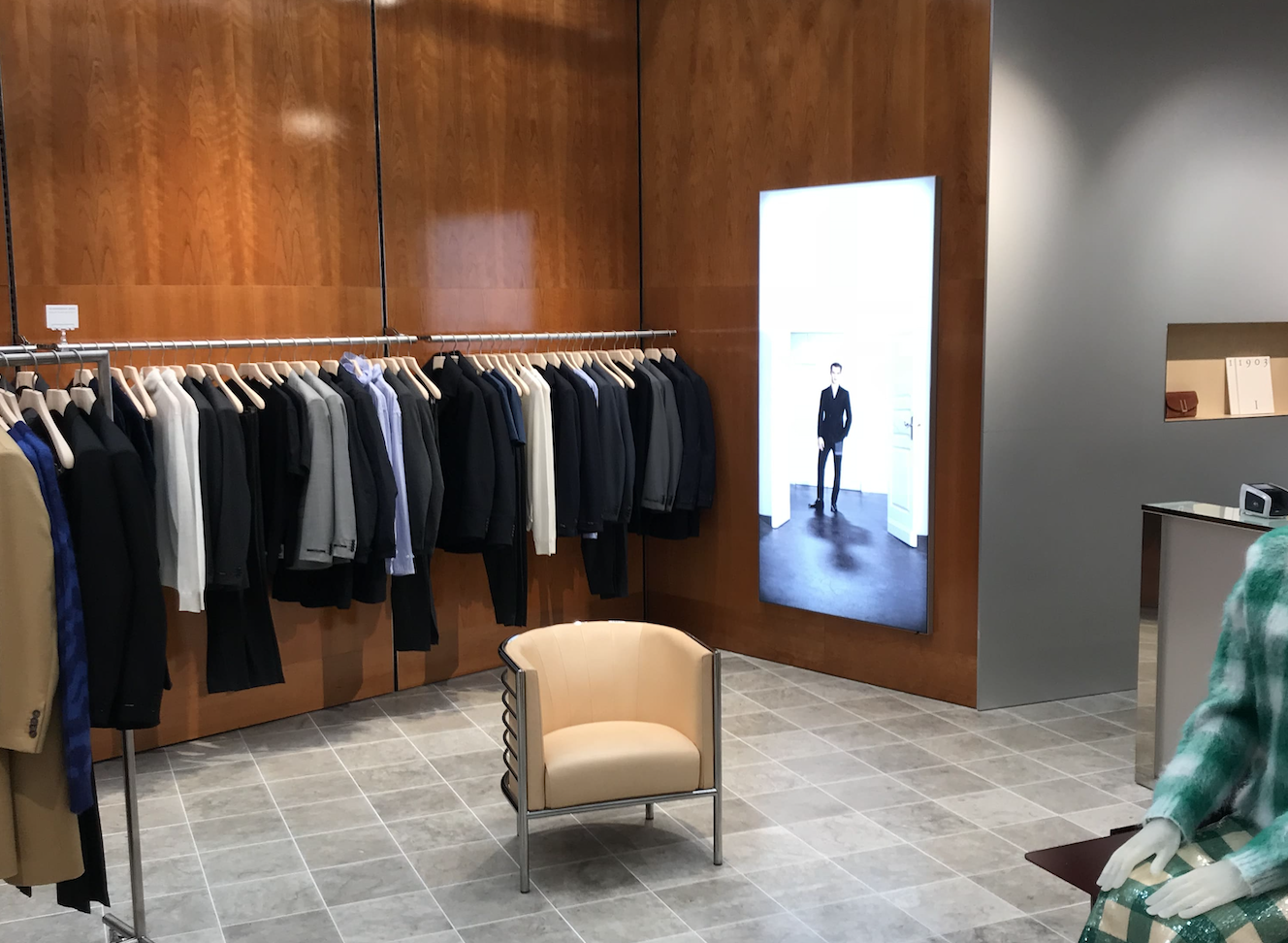
Store interior 2.0: Innovative technology creates store environments for the future
The store interior of the future blurs the line between online and offline, and it's no longer either or.
Shop interior of the future
Physical stores have great opportunities to take advantage of digital technology to attract customers and create a unique shopping experience. The future of the retail industry rests on continuously developing and adapting the customer experience to emerging technology trends. The new focus will be on creating engaging, sustainable, and technologically integrated store environments, which will contribute to shaping the shopping experiences of the future. Let's take a look at what we can expect from future technology trends in the retail industry, and in store interior design.

Omnichannel shopping
Omnichannel shopping means that the customer shops in several places but still experiences a coherent and unified experience. For example, you can buy something online and pick it up in a store, or try things on in the store and then order from home in your app. Regardless of where you shop as a customer: in a physical store; on the Web; in the app; or via social media, omnichannel shopping offers the same high quality of service and accessibility. Technology will continue to evolve to smoothly unite all these channels to create a unified shopping experience.
AI and Machine Learning:
There is a lot of talk about AI right now, and not just in retail, but in all industries. This is a factor that will play a big role, above all when it comes to analyzing buying habits and consumer behaviour. AI will become an invaluable tool for everything from planning purchases, and implementing marketing campaigns, to general product development. In addition, to be able to analyze previous search history and purchase behaviour, in order to be able to give the customer more accurate recommendations. Using machine learning and AI algorithms, brands can predict demand for different products and optimize their inventory management. At the same time, the risk of, for example, excess stock or a lack of popular products is reduced. AI-powered chatbots will be able to offer fast and efficient customer service around the clock, answer common questions, and provide product recommendations. If the customer needs help in the actual purchase process, chatbots can help with that as well.
AR Augmented reality
The technology AR, or augmented reality, is an innovation that brings together the real world with digital objects. For example in the form of text and graphic elements. By using cameras and sensors in devices such as mobile phones, iPads or AR glasses, AR technology interprets the surrounding environment to improve the customer's experience. Interactive store decor, virtual fitting rooms and engaging campaigns are some of its uses. For example, a customer can, with the help of AR technology, point their mobile phone at a room and see furniture in the room even though the furniture is not physically there. By using AR marked places or products in stores, the customer can scan products with their mobile and get more information, reviews or product demonstrations.

VR Virtual reality
Virtual reality (VR) reflects real situations in a digital world. By integrating VR into the store environment, you open doors to a completely new shopping experience for the customer. The advanced technology behind VR offers the customer the opportunity not only to look at the product, but to really interact with it. The customer can try on clothes or jewelry in a virtual environment and get a sense of size, fit and style before making a purchase. It's like going into the store and trying the products, but on a digital platform. With the help of VR, customers can participate in virtual tours of the store or in simulations of products and services, which provides a deeper understanding of the brand. When stores offer such an interactive and engaging experience, not only do sales increase, it also contributes to stronger customer loyalty, and also elevates the brand.
Cash and payment trends
The future of checkout and payment solutions lies in offering flexible, secure and fast alternatives. We will see an increased use of mobile payments with smartphones or wearables and contactless payments with NFC chips. The solutions offer the possibility of quick transactions by simply swiping or pressing the card/mobile against the terminal without having to enter a PIN code. Biometric payments ie. fingerprints or face recognition, are integrated into the payment systems and offer fast and secure payments, without the customer having to use either physical cards or passwords. Self-service cash registers are therefore becoming more and more common. There, the customer manages their purchase on their own, gets a faster and smoother shopping experience, and saves time for other things.
Robots an asset in your store interior
There is no doubt that AI and other technologies will revolutionize the way we work today. Robots can be used to automate certain tasks. For example, managing stock, assisting customers with questions, or delivering products within the store. This frees up much of the staff's time so that they can focus on creating a more personal and interactive customer experience. Robots can even help store staff with furnishings or signage to highlight special offers. Something that had previously been difficult to achieve. Even cleaning and maintenance can be automated with robotics. By optimizing the entire workflow with the help of robots, stores can streamline their operations and contribute to a more attractive and comfortable atmosphere for the customer.
The store interior of the future - interactive and personal
In conclusion, technological advances will continue to develop both store design and shopping experience by creating more interactive, and more personalized environments for the customer. It is by embracing these technological innovations that stores can remain attractive and competitive in today's rapidly changing world. The future lies in finding a perfect balance between technology and human interaction. Finding ways that lead to blurring the line between online and offline, via the opportunities offered by digital technology.
Norco Interior can help plan store interiors, from design, concept development and layout to turnkey stores. Our passion is design and we work hard to develop shop interior design in line with the latest trends. For the Gina Tricot Concept Store, we designed their self-checkout cash registers, a checkout solution that is completely up-to-date according to the trend of making the shopping experience as efficient as possible. See the project here.